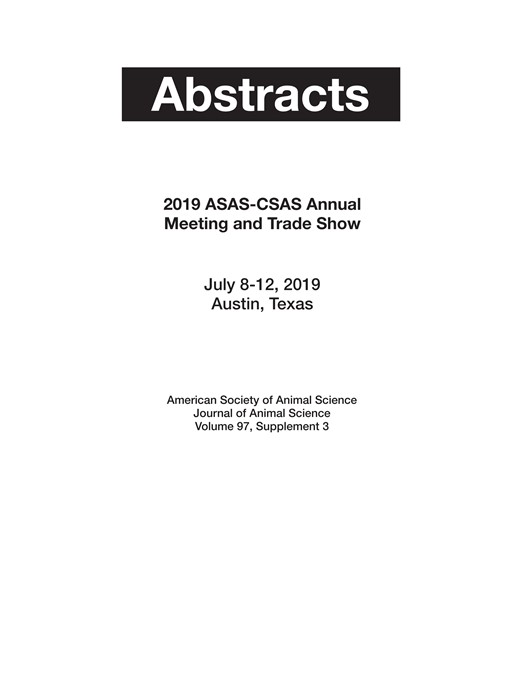-
Views
-
Cite
Cite
Michael Thomson, 230 Genome editing applications in plants: high-throughput CRISPR/Cas editing for crop improvement, Journal of Animal Science, Volume 97, Issue Supplement_3, December 2019, Page 56, https://doi.org/10.1093/jas/skz258.115
Close - Share Icon Share
Abstract
The precision and ease of use of CRISPR nucleases, such as Cas9 and Cpf1, for plant genome editing has the potential to accelerate a wide range of applications for crop improvement. For upstream research on gene discovery and validation, rapid gene knock-outs can enable testing of single genes and multi-gene families for functional effects. Large chromosomal deletions can test the function of tandem gene arrays and assist with positional cloning of QTLs by helping to narrow down the target region. Nuclease-deactivated Cas9 fusion proteins with transcriptional activators and repressors can be used to up and down-regulate gene expression. Even more promising, gene insertions and allele replacements can provide the opportunity to rapidly test the effects of different alleles at key loci in the same genetic background, providing a more precise alternative to marker-assisted backcrossing. Recently, Texas A&M AgriLife Research has supported the development of a Crop Genome Editing Lab at Texas A&M working towards optimizing a high-throughput gene editing pipeline and providing an efficient and cost-effective gene editing service for research and breeding groups. The lab is using rice as a model to test and optimize new approaches aimed towards overcoming current bottlenecks. For example, a wealth of genomics data from the rice community enables the development of novel approaches to predict which genes and target modifications may be most beneficial for crop improvement, taking advantage of known major genes, high-resolution GWAS data, multiple high-quality reference genomes, transcriptomics data, and resequencing data from the 3,000 Rice Genomes Project. Current projects have now expanded to work across multiple crops to provide breeding and research groups with a rapid gene editing pipeline to test candidate genes in their programs, with the ultimate goal of developing nutritious, high-yielding, stress-tolerant crops for the future.





